Greyhounds: The Gentle, Graceful Sprinters
Greyhounds are one of the oldest and most elegant dog breeds, known for their sleek bodies, incredible speed, and surprisingly gentle nature. Often associated with racing, they are also beloved as affectionate, quiet, and loyal pets.
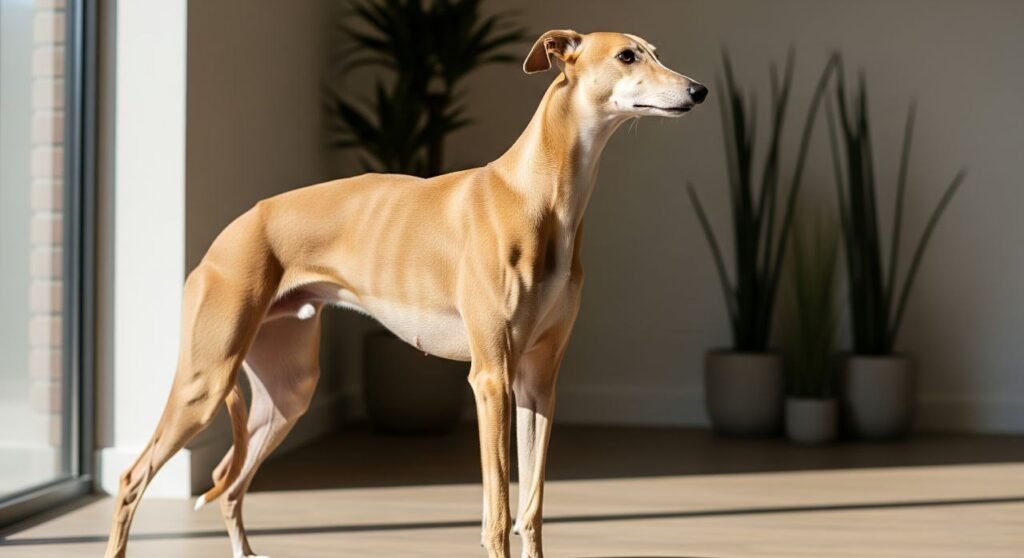
Breed Overview
- Origin: Ancient Egypt (over 4,000 years ago), further developed in Europe for hunting and racing
- Group: Hound (Sighthound)
- Size: Medium to large
- Weight: 60–70 lbs (males), 55–65 lbs (females)
- Height: 27–30 inches
- Life Span: 10–14 years
- Coat: Short, smooth, low-shedding
- Colors: Many — black, white, brindle, fawn, blue, red, or combinations

Temperament & Personality
- Gentle and affectionate
- Often described as “couch potatoes” indoors
- Quiet, reserved, and sensitive
- Good with children and other dogs (if socialized early)
- May have a high prey drive (especially toward small animals like cats)
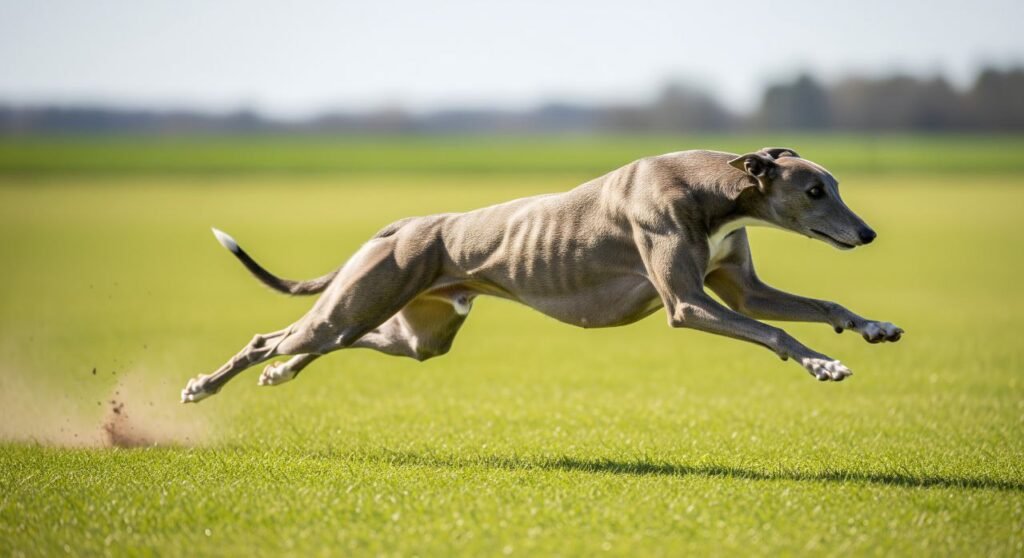
Energy Level & Exercise
- Built for speed, not stamina — sprinting breeds
- Need short daily walks and the opportunity to run occasionally
- Love lounging — ideal for calm households or apartments
Health Considerations
- Generally healthy, but may be prone to:
- Bloat (gastric torsion)
- Osteosarcoma (bone cancer)
- Hypothyroidism
- Anesthesia sensitivity (due to low body fat)
- Very thin skin — prone to cuts or scrapes
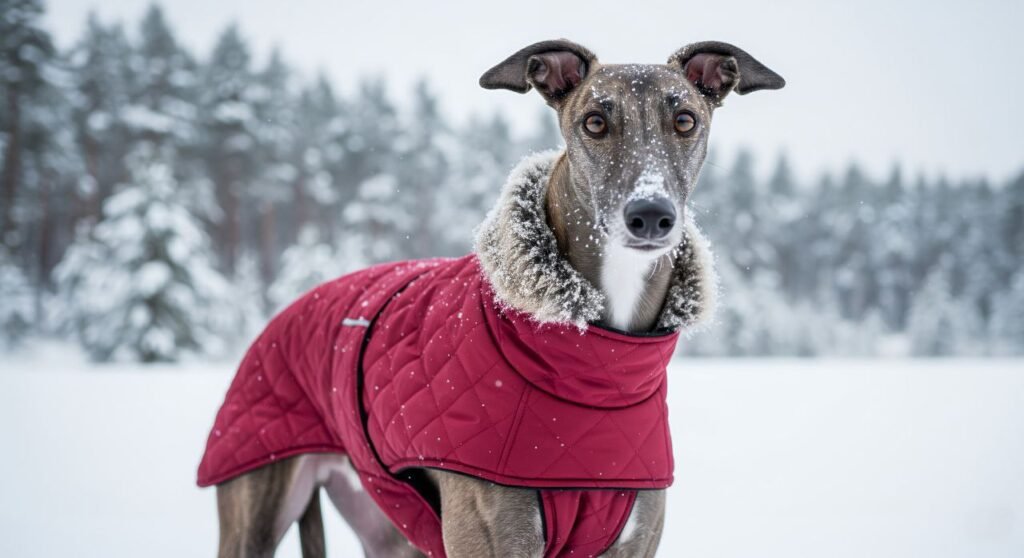
Living With a Greyhound
- Low grooming needs — brush weekly
- Not built for cold — need sweaters or coats in winter
- May need training to handle stairs or slippery floors (especially retired racers)
- Many Greyhounds are adopted through retired racing rescue organizations
Greyhound vs. Whippet vs. Italian Greyhound
- Greyhound: Largest, 60–70 lbs
- Whippet: Mid-sized version, 25–40 lbs
- Italian Greyhound: Smallest, 7–14 lbs
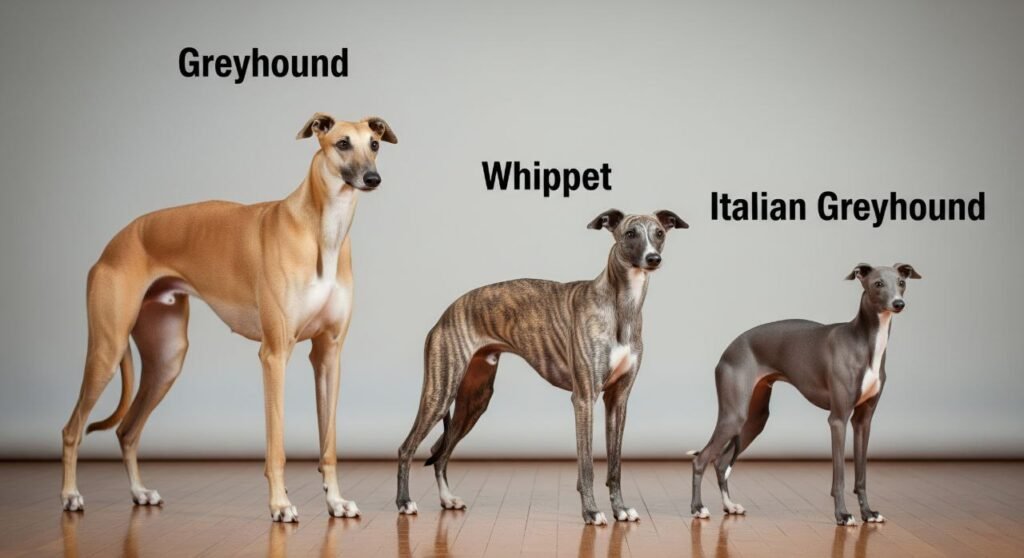
Why People Love Greyhound
- They’re calm, loving, and easy to live with
- Great for first-time dog owners
- Known for their loyal companionship
- Enjoy cuddling just as much as they enjoy sprinting
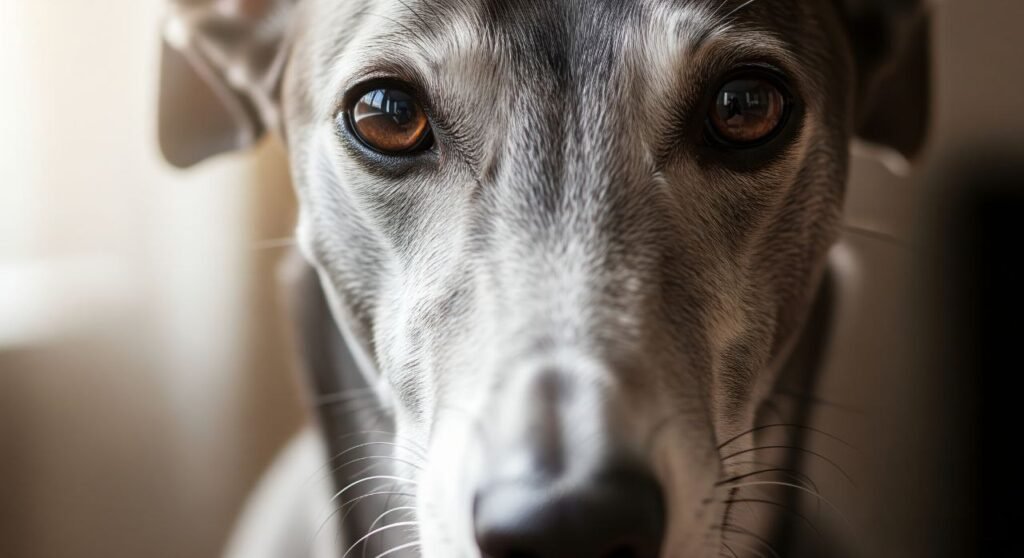
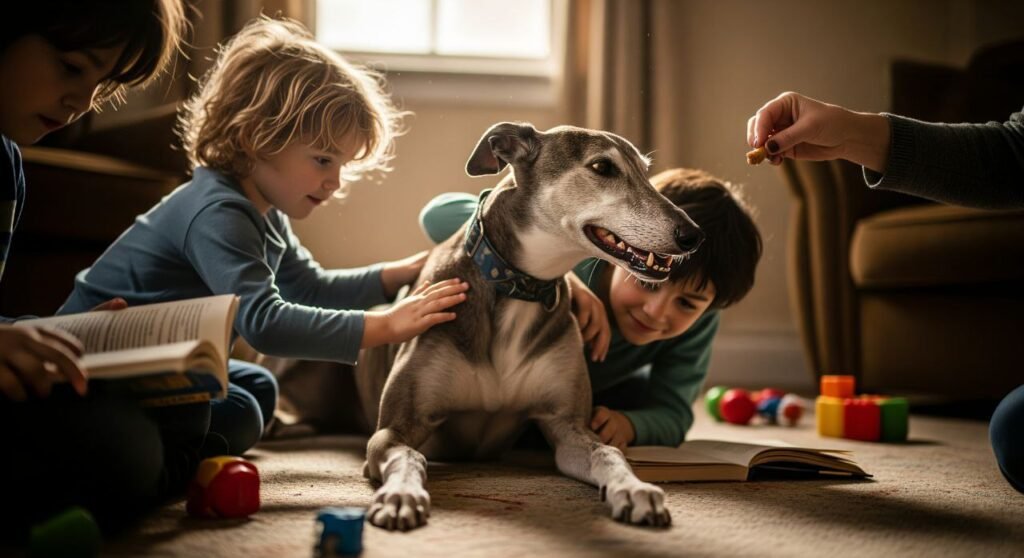
Frequently Asked Questions (FAQs)
Are Greyhounds good pets?
Yes. Greyhounds are gentle, affectionate, and quiet dogs that adapt well to home life. They’re known as “45 mph couch potatoes” because they love lounging as much as they love running. Their calm demeanor makes them great for families, singles, and even apartment living.
Do Greyhound need a lot of exercise?
Surprisingly, no. Despite being fast runners, Greyhound don’t require hours of exercise. They enjoy short daily walks and occasional bursts of sprinting. Most are content with moderate activity and lots of napping.
Can I adopt a retired racing Greyhound?
Yes, and it’s highly encouraged. Many organizations specialize in rehoming retired Greyhound. These dogs are usually well-mannered, crate-trained, and ready to become loyal companions.
Are Greyhounds good with kids and other pets?
Usually, yes. Greyhounds are generally good with children due to their gentle and tolerant nature. However, because of their prey drive, early socialization is important, especially with small animals like cats or rabbits.
Are Greyhounds hard to train?
Not at all. Greyhounds are intelligent and respond well to positive reinforcement. However, they may be a bit reserved or shy at first, especially if adopted from a racing background. Patience and gentle training work best.
Do Greyhounds bark a lot?
No. Greyhounds are typically very quiet. They rarely bark, making them ideal for apartments or homes with noise restrictions.
Do Greyhounds get cold easily?
Yes. Greyhounds have very little body fat and short coats, so they get cold quickly. In cooler weather, they need sweaters or jackets for walks and warm bedding indoors.
How long do Greyhound live?
Typically 10 to 14 years. With proper care, diet, and regular vet checkups, many Greyhound live healthy, happy lives well into their senior years.
Do Greyhound shed?
Yes, but minimally. Greyhound have short, smooth coats that shed lightly. Weekly brushing is usually enough to manage shedding and keep their coat healthy.
Are Greyhound hypoallergenic?
No. While they shed very little, Greyhound are not considered hypoallergenic. However, some allergy sufferers find them easier to live with compared to long-haired breeds.
If you’re interested in diving deeper into the rich history, physical traits, and global significance of the Greyhound breed—including its origins in ancient civilizations and modern roles as both a racing dog and a beloved pet—be sure to explore the full article on Wikipedia.

